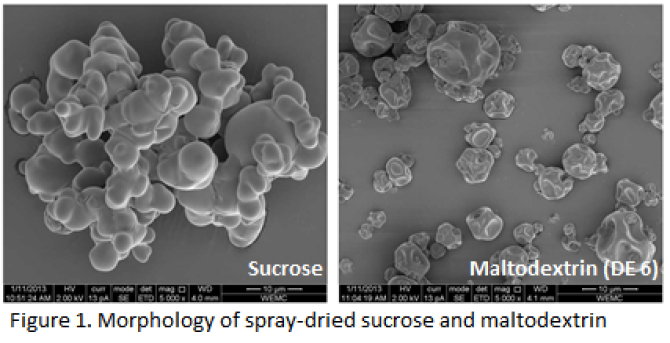
Project
Sieve-based deterministic particle displacement for suspension separation
PhD defended by Jaap Dijkshoorn at Wageningen University on 12 October 2018
Drying is a very common technology in many industrial fields. Interestingly, the term "drying" refers to the solvent that has to be removed and not to the product of interest. The understanding of water removal is well-established, although certainly not straightforward. Unfortunately, this part provides understanding of the material that will not be present in the final product. In contrast the understanding of product formation is at best limited. The majority of "dried" products are mixtures of components. The spatial distribution of the components including air, "the structure" determines the product performance to a large extent. It is the drying process that creates this structure and with that the performance of the product.
This project aims at understanding drying from a product perspective, where the products of interest are always powders. The structure of a powder is virtually always a kinetically stabilized system: non miscible materials are finely distributed and often contains a porous structure. The product is the result of a very complex and dynamic process during which components migrate and removal of the water becomes increasingly difficult because the matrix from which the water is removed becomes stiffer and stiffer. The increase in stiffness of this matrix is crucial in the formation of the particle structure and with that it determines the drying behaviour and attributes of the final product. Although, numerous scientific studies have developed tools to for example measure droplet drying kinetics (e.g. via acoustic levitation), these investigations have not yet delivered mechanistic insight that improved current common practice. We think that this is because these studies focused primarily on migration of water and not on transient migration and phase behaviour of other components that determines the final structure of the particles. Our research focuses first on the single droplet drying of model ingredient systems to develop more mechanistic insight on particle structure formation. Selected model ingredients are for example sugars and well-defined proteins.
This project was supported by ISPT, Friesland Campina and Corbion.
